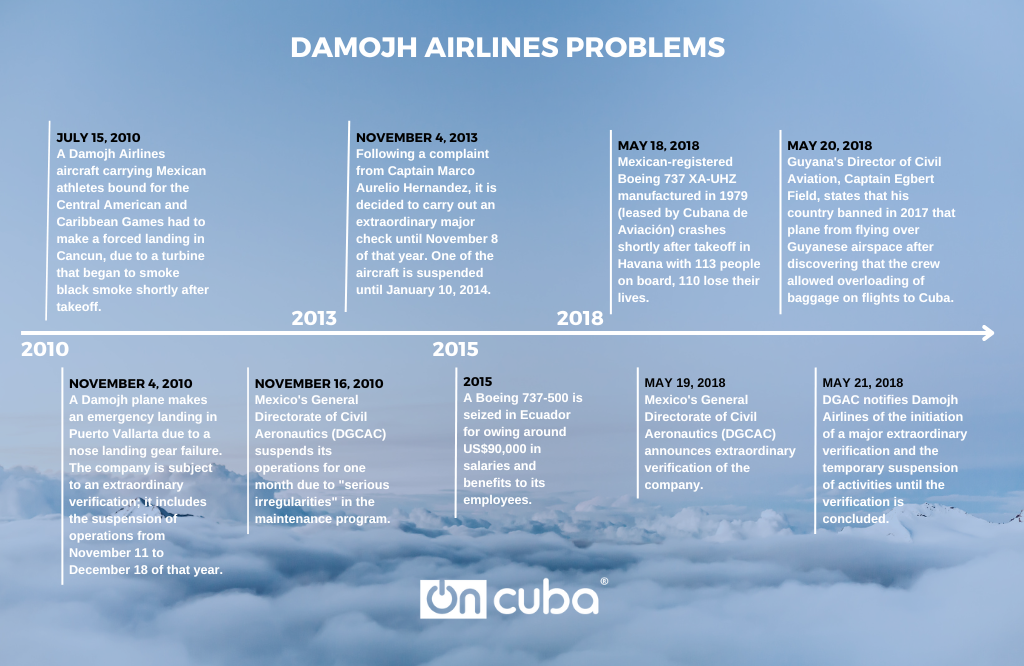Last August 5 marked one year since one of the greatest disasters in Cuban history when we witnessed the macabre spectacle of columns of fire that rose to the sky for almost a week.
The fire at the Matanzas Supertanker Base claimed the lives of 17 people and left more than a hundred injured. Months later, the material losses would be estimated at 66 million dollars; although no further details were revealed.
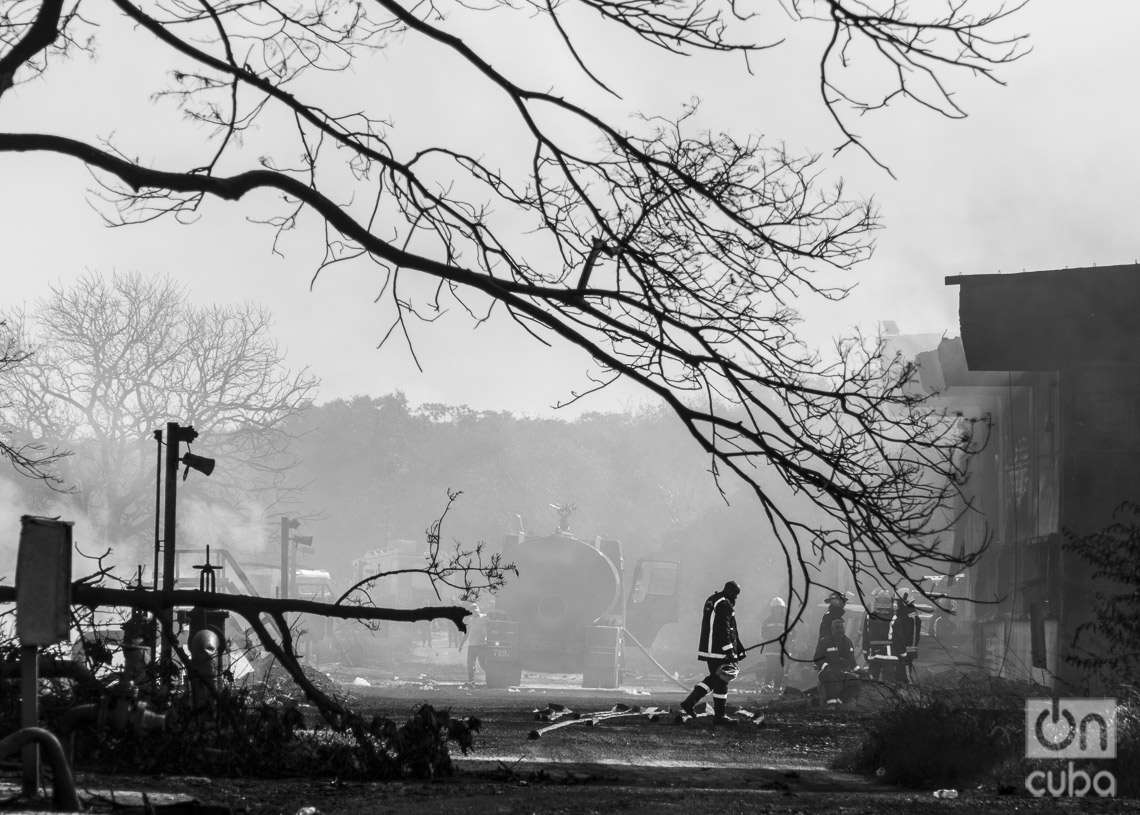
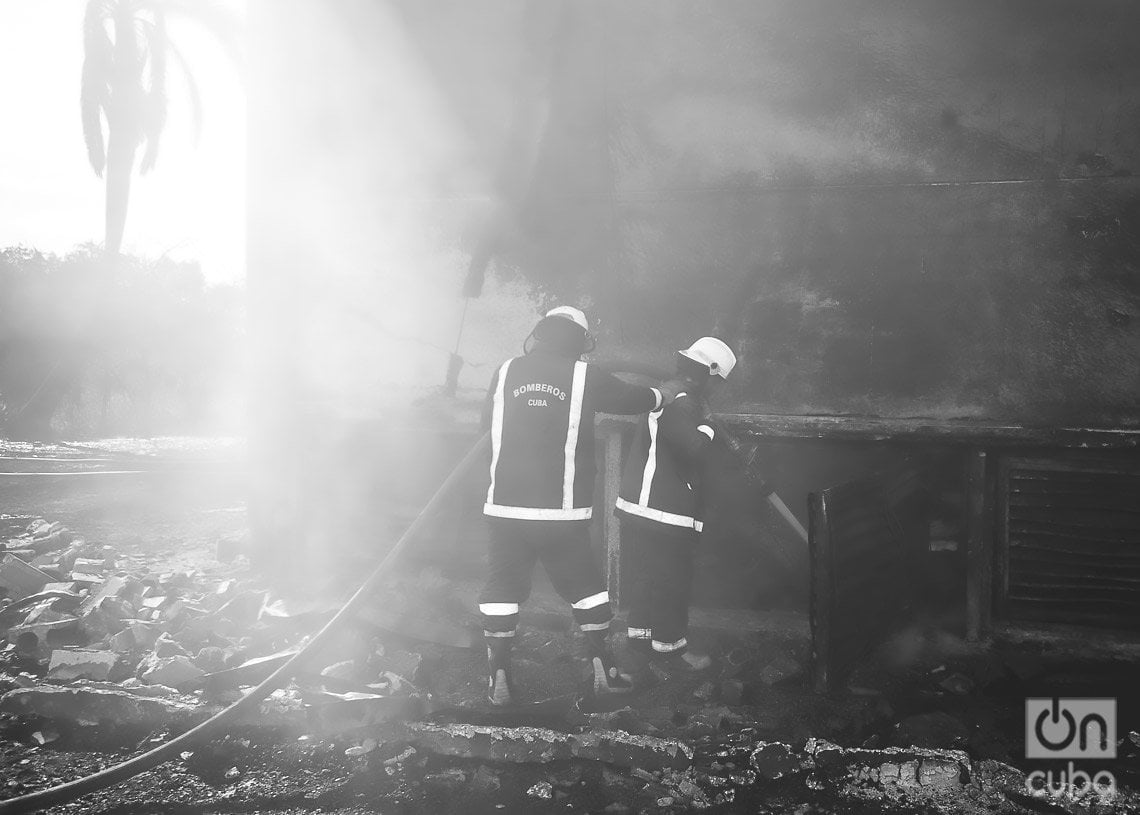
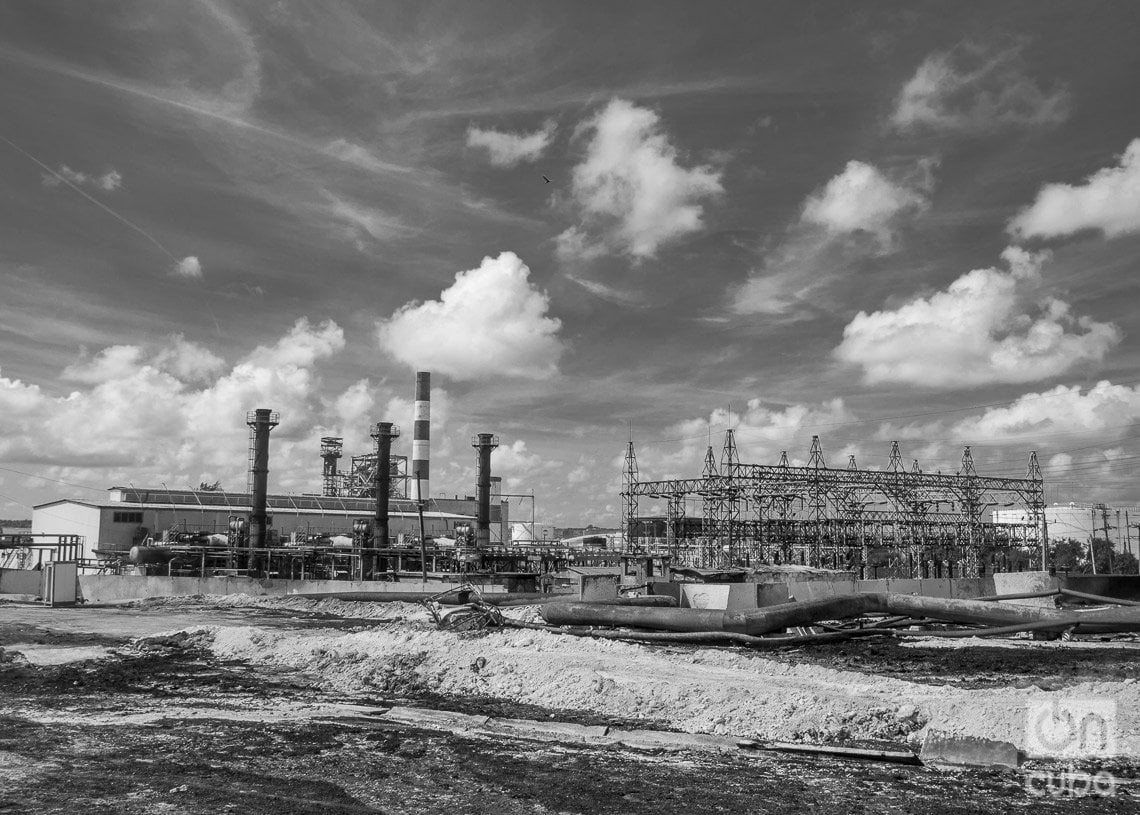
One year after the tragedy, there is no conclusive report on the causes of the accident or the evolution of the investigations or if they are continuing their course; it is unknown which organ, institution or individual assumed any civil or criminal responsibility or is expected to assume it; it is not clear from whom the public should expect accountability for the tragedy; what were the circumstances in which the deceased — some of them inexperienced — were sent to the critical zone; what protocols have been modified so that a similar episode is not repeated and thus ensure the safety of people and facilities; what technical devices and other resources have been updated or reformed to minimize risks….
Information about two previous major disasters close in time was handled in a similar way: the May 2018 plane crash, and the explosion at the Saratoga Hotel.
Plane crash of flight DMJ 0972
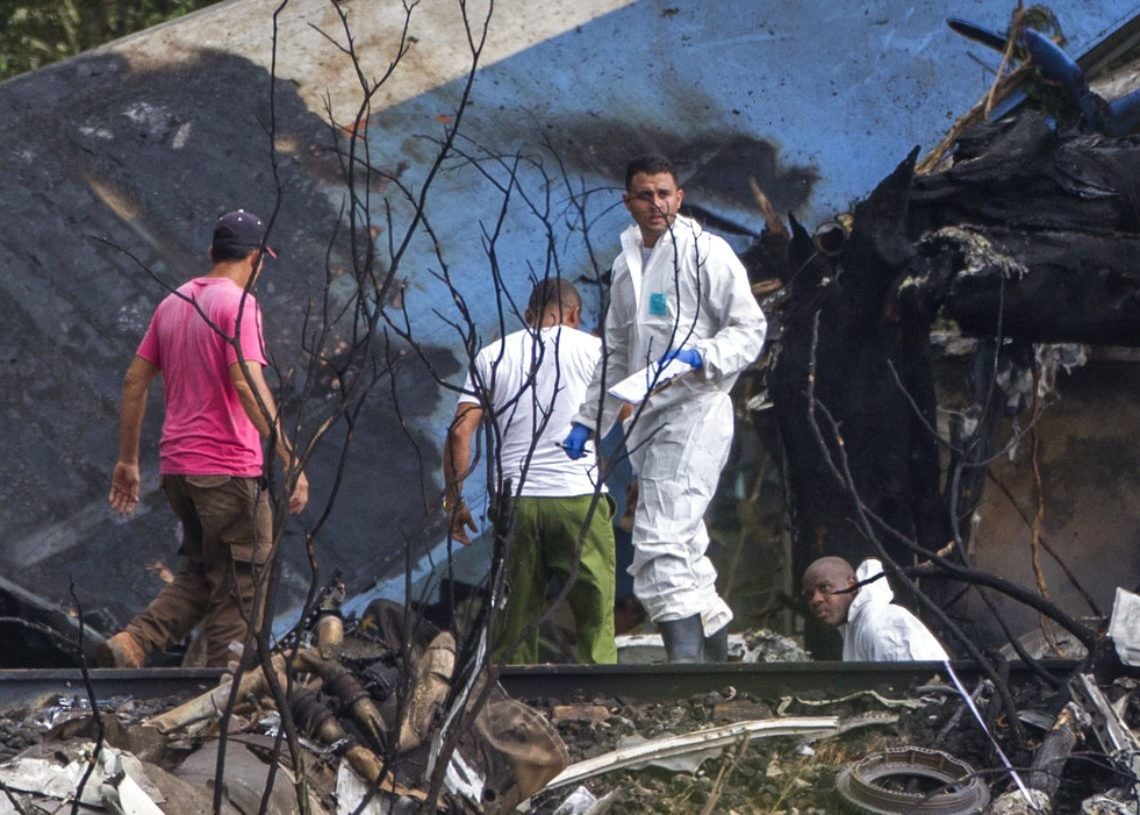
On May 18, 2018, tragic news shocked all of Cuba. A Damojh airline plane, belonging to the Mexican company Global Air and contracted by Cubana de Aviación to carry out domestic flights, crashed to the ground just minutes after taking off from José Martí Airport in Havana, with the city of Holguín as destination.
As a result of the tragedy, 112 people lost their lives, five of them minors. In total, 101 Cubans and 11 foreigners died, including the six crew members. Only the Cuban Mailen Díaz Almaguer, then 19 years old, managed to survive, although with severe physical and psychological consequences.
Three other Cubans had been found alive at the Boeing 737 crash site, but one of them died on the way to the hospital and the other two died while they were hospitalized.
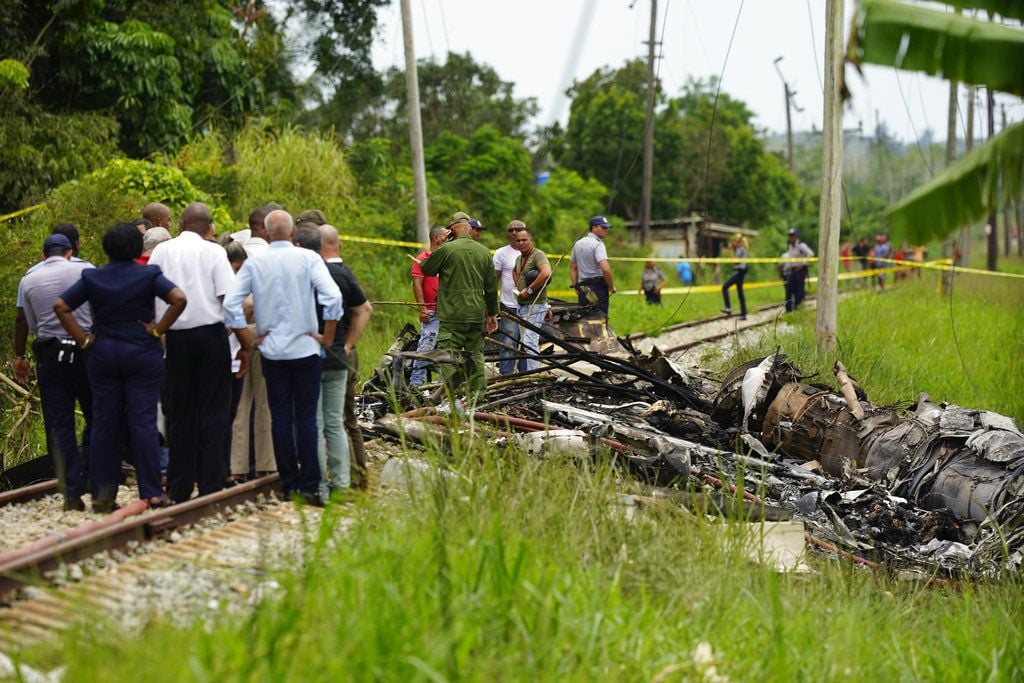
From the day of the accident, the Cuban government declared official mourning. In about a week, all the victims of the disaster were identified. Then, the remains were transferred to their places of origin for burial, together with relatives who had traveled to Havana to accompany the process.
A commission from Cuba, with the collaboration of European, U.S. and Mexican specialists, was in charge of investigating what happened. The black boxes, found among the wreckage of the aircraft, were sent to the United States, while experts and authorities assured that the investigations could “take months.”
At the same time, irregularities in previous operations of the company that owns the plane, Global Air, began to quickly emerge. Testimonials from former employees, specialists and foreign aviation authorities, as well as press publications, revealed failures and both technical and managerial problems.
Cuban Minister of Transportation Adel Yzquierdo had declared that Damojh’s plane had all the documentation in order. Months later, in January 2019, Yzquierdo was removed from his post after just over three years in it, without the reason for his replacement being officially reported.
Just days after the accident, the General Department of Civil Aeronautics of Mexico conducted an audit of the airline and suspended its operations. Global Air had to write off its planes and declare bankruptcy. A year later, relatives of the victims filed lawsuits against the company, but until now the results haven’t been made public.
Finally, more than a year after the accident, and after previous statements and the attribution of the event by Global Air to a “human error” of the pilots (version initially rejected by Cuba and México), the final report of the State Commission on Investigation of Serious Incidents or Aviation Accidents (CEIAA), published by the Institute of Civil Aeronautics of Cuba, considered that the disaster was the result of a “chain of errors.”
The investigators pointed out the preponderance of the “human factor” in the crash of flight DMJ 0972 and attributed responsibility for what happened to “inconsistencies in the training of the crews,” “errors in the weight and balance calculations” of the aircraft, and “low operational standards manifested in the flight.”
In addition, they ensured that “demonstrated evidence of traces of defects or malfunction of the plane that could have contributed to the accident” was found, although they pointed out “failures in good practices to carry out maintenance.”

Five years after the incident, the Cuban authorities have not offered new details about what happened. Nor has there been any official information on any presumed responsibility or removal of officials for being directly or indirectly involved with the event or its causes, nor on compensation to the victim’s next of kin.
Explosion at Saratoga Hotel
Again in May, just under four years after the plane crash, another tragedy plunged the island into mourning. A strong explosion at the Saratoga Hotel, a luxury tourist facility in the Cuban capital, shook the city on the morning of May 6, 2022, and caused numerous deaths, injuries, and material damage to the building and its surroundings.
The explosion occurred when a liquefied gas (LPG) tanker truck was supplying the hotel. From the beginning, authorities and state media ruled out any possibility that it had been provoked voluntarily; and assured that an investigation would be carried out into what happened.
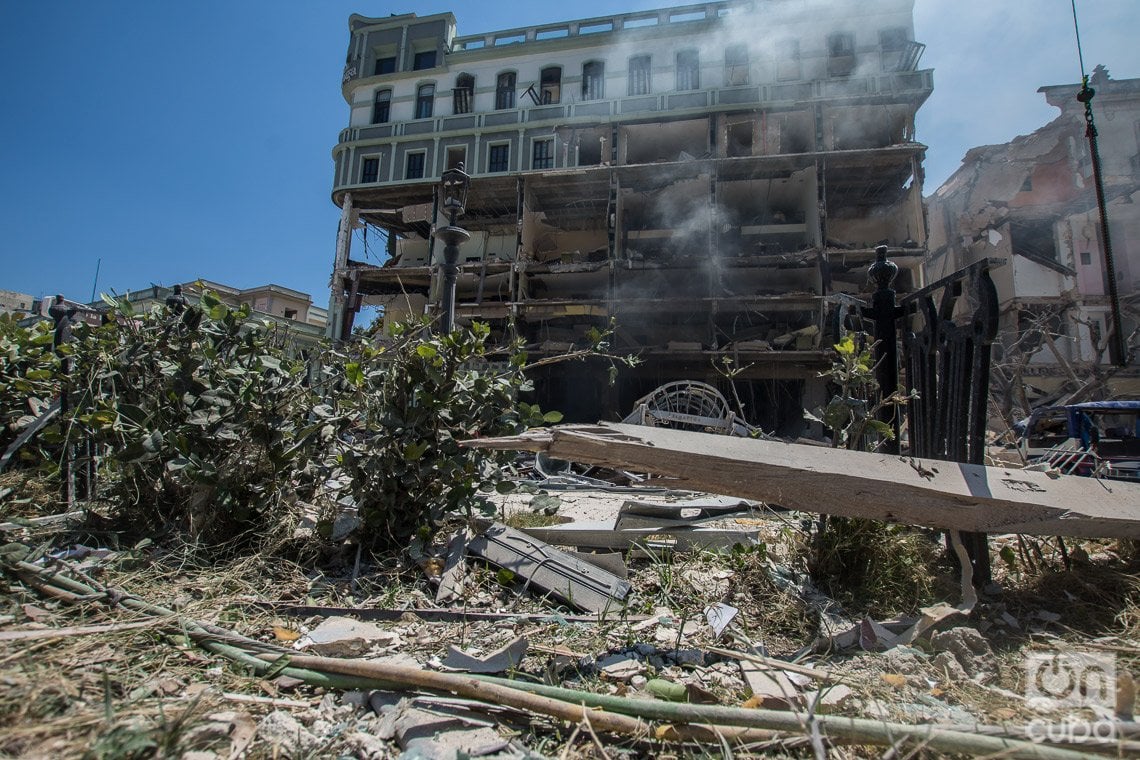
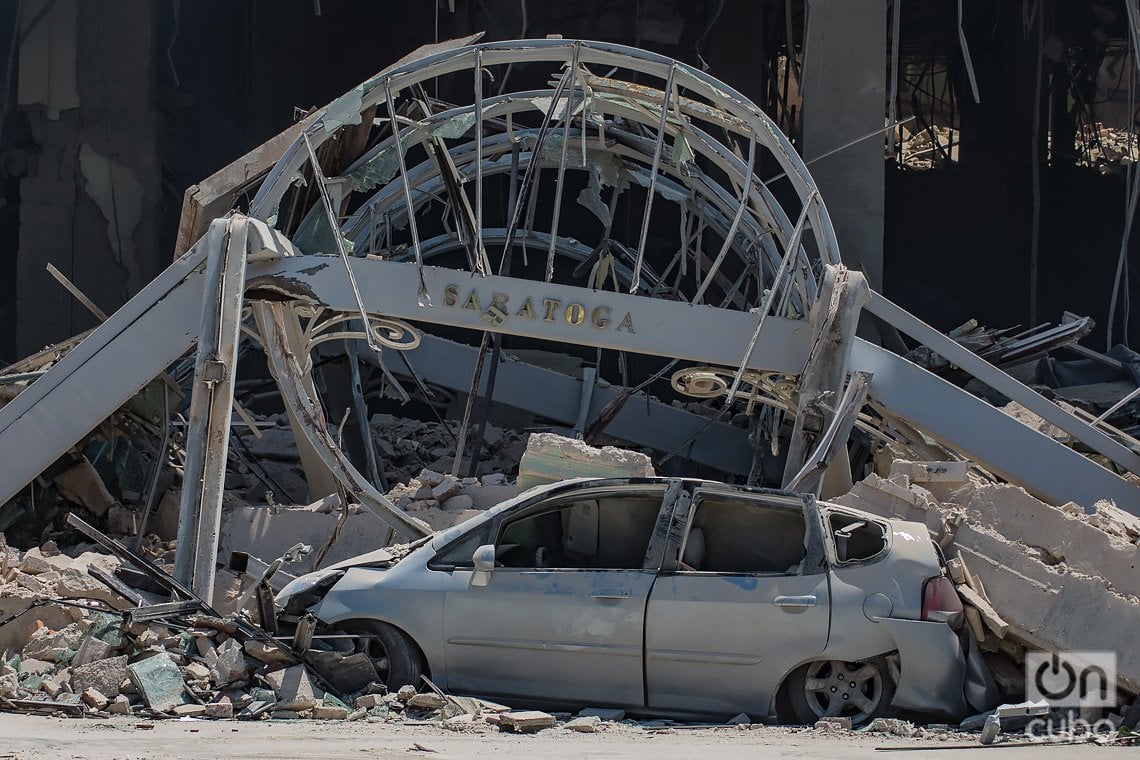
The shock wave destroyed the façade of the three lower floors and caused other effects in the hotel, built in 1879 and which had undergone successive renovations; while affecting another 23 buildings in the area, 17 of them residential. The Martí Theater, a primary school, a Baptist church and the headquarters of the Yoruba Association of Cuba were among the damaged buildings.
Due to the explosion, 47 people lost their lives, the majority at the disaster site, and others after being hospitalized. About a hundred were injured. Many of the victims were workers at the hotel, which was preparing to reopen days later and had no guests at the time. Neighbors and other people who were passing by also died.
A Spanish tourist died, whose remains were transferred to her country. Her partner survived the accident, although with serious injuries, and after receiving medical attention in Cuba he returned to Galicia, without risk to his life.
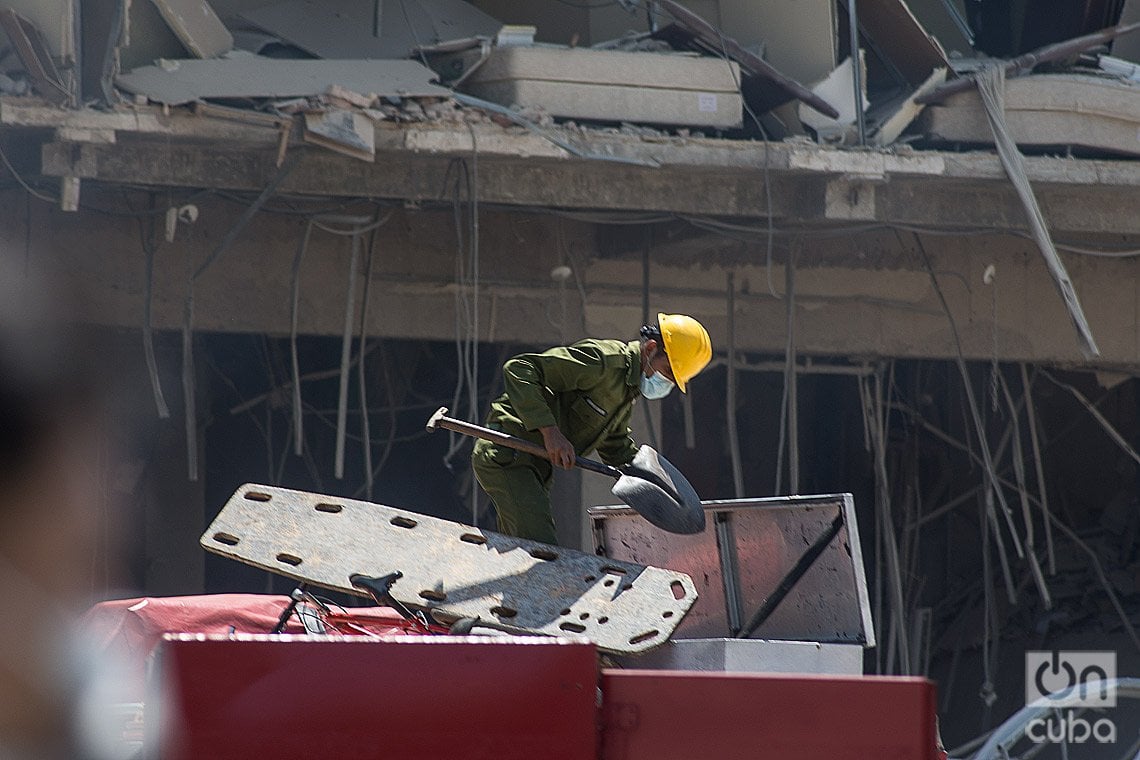
After the explosion, Rescue and Salvage forces and other specialized personnel immediately began intensive debris removal work in search of trapped people. This work against time lasted for almost 150 hours and was followed with expectation and pain from inside and outside Cuba.
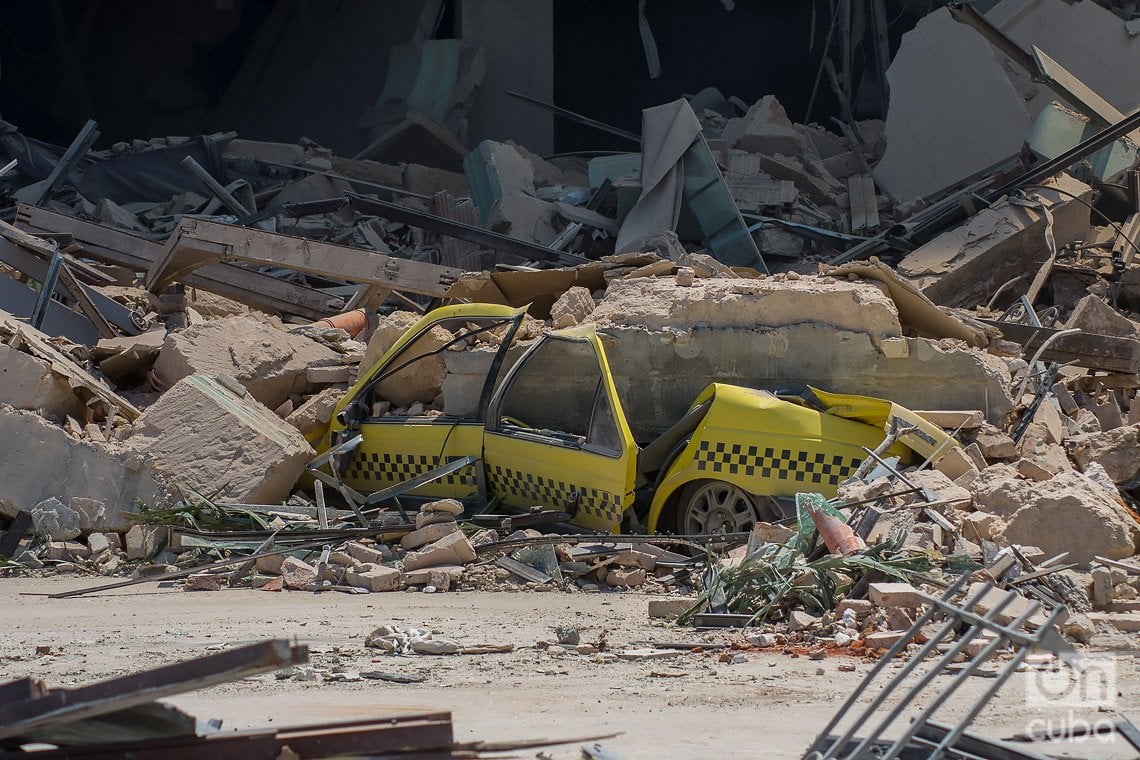
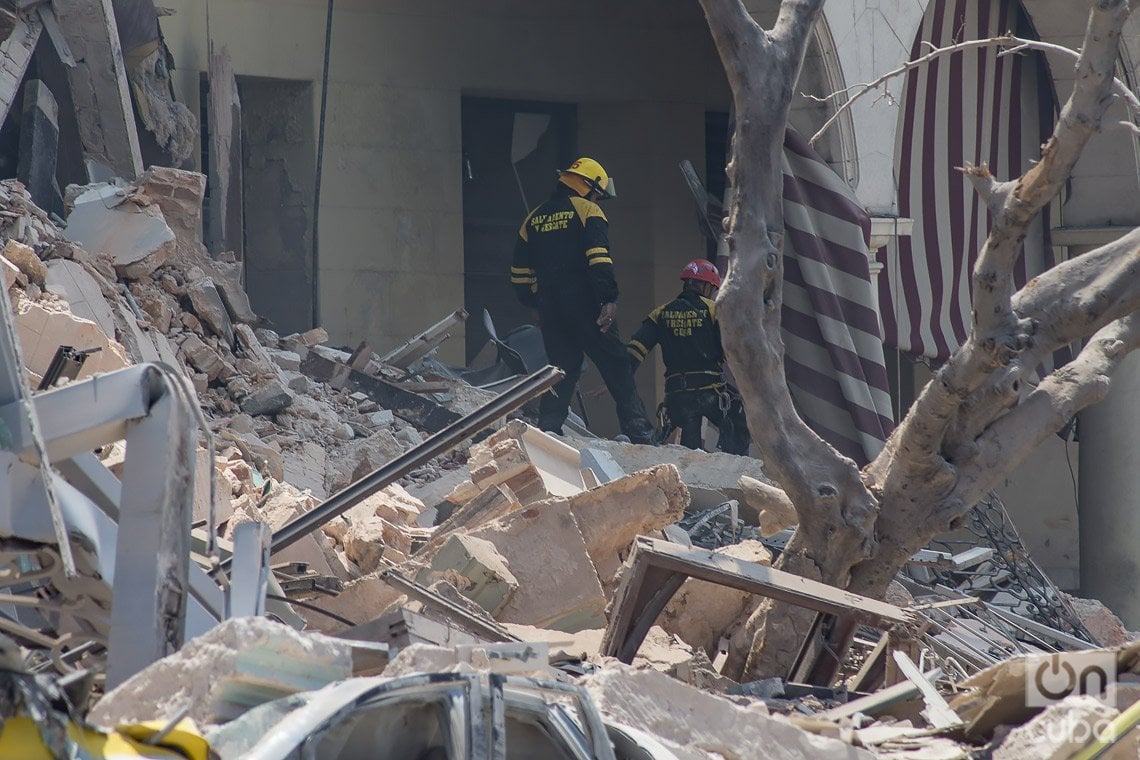
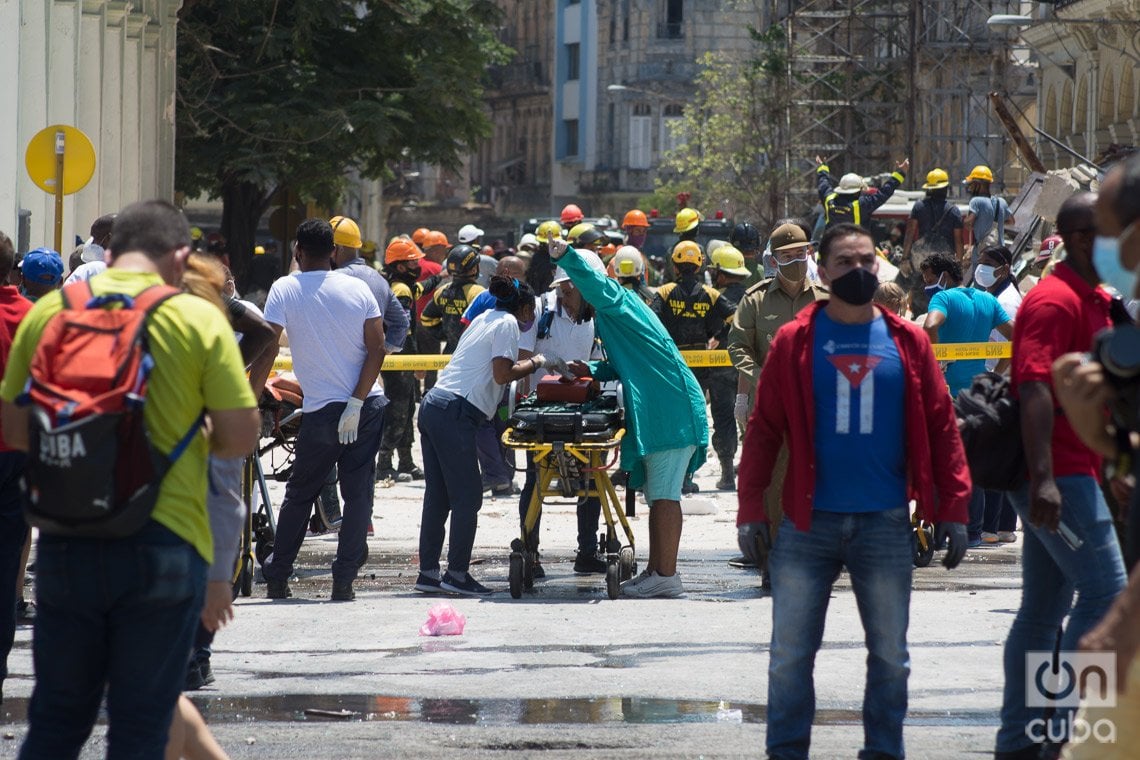
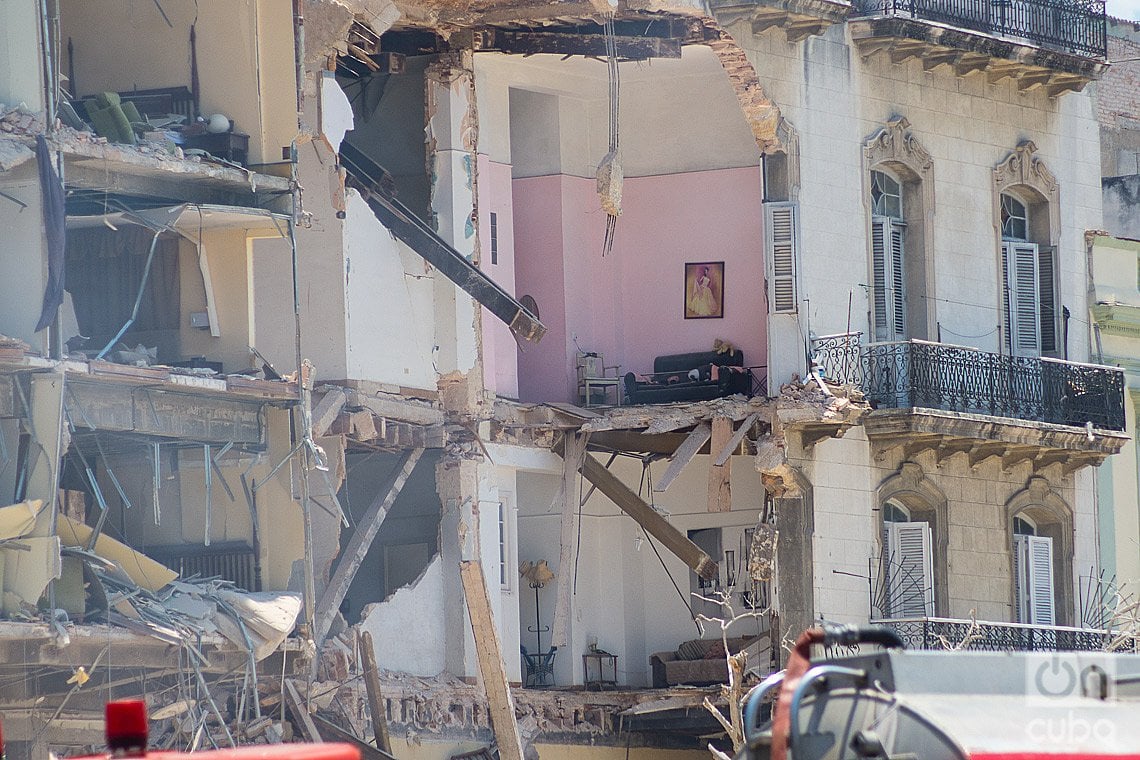
At the same time, the people of Havana mobilized to support the victims and donate blood to care for the injured. Meanwhile, the relatives of the disappeared gathered around the ruins of the hotel in the hope of finding their loved ones alive.
Finally, after completing the actions to locate and rescue the bodies, President Miguel Díaz-Canel decreed official mourning on May 13 and 14, and a vigil was held in the nearby Parque de la Fraternidad as a tribute to the victims. In addition, a mass was held in their memory in the Havana Cathedral.
Most of the families who lost their homes due to the explosion have been relocated pending completion of the reconstruction works in the area. Some have been given homes in other areas of the city.
Shortly after the incident, it was reported that the National Institute of Social Security (INASS) would expeditiously process the pensions for the affected workers and relatives of the Saratoga victims.
Although a report on what happened has not yet been made public, the official version points to a gas leak in the supply line or the receiving source as the cause of the tragedy, which would have caused a concentration of fuel inside the building until the flammability limit was reached. Under these conditions, the explosion would have been caused by an ignition source.
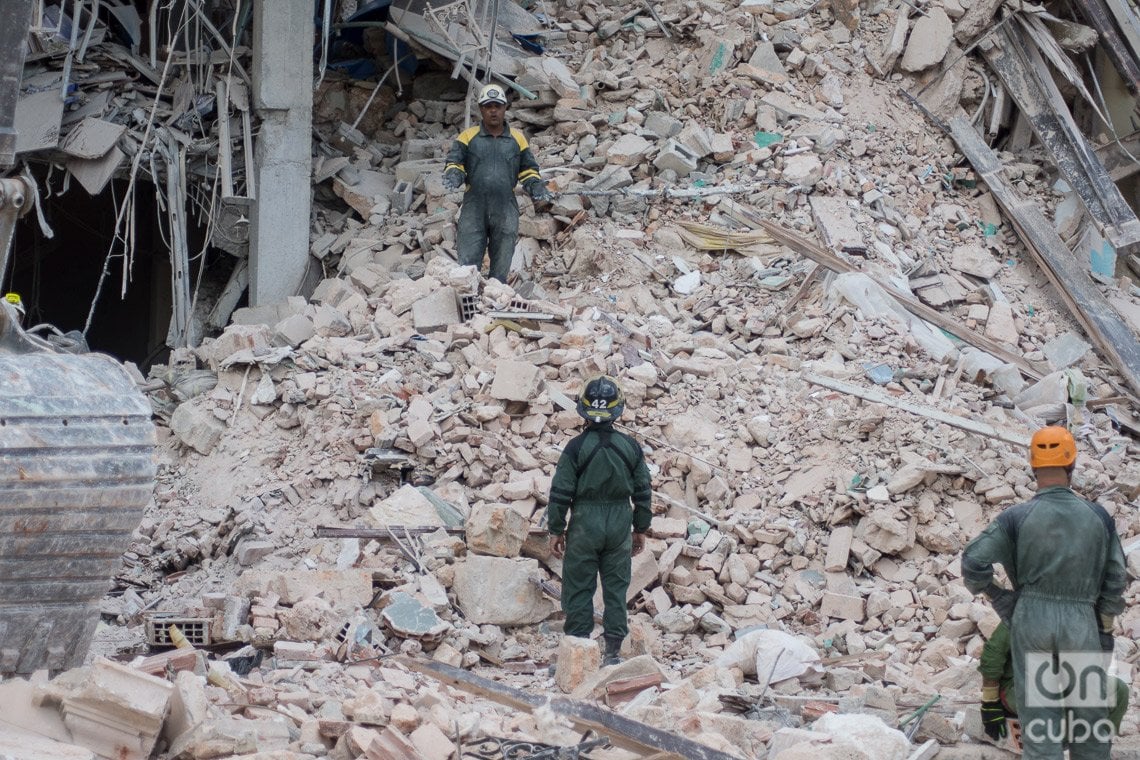
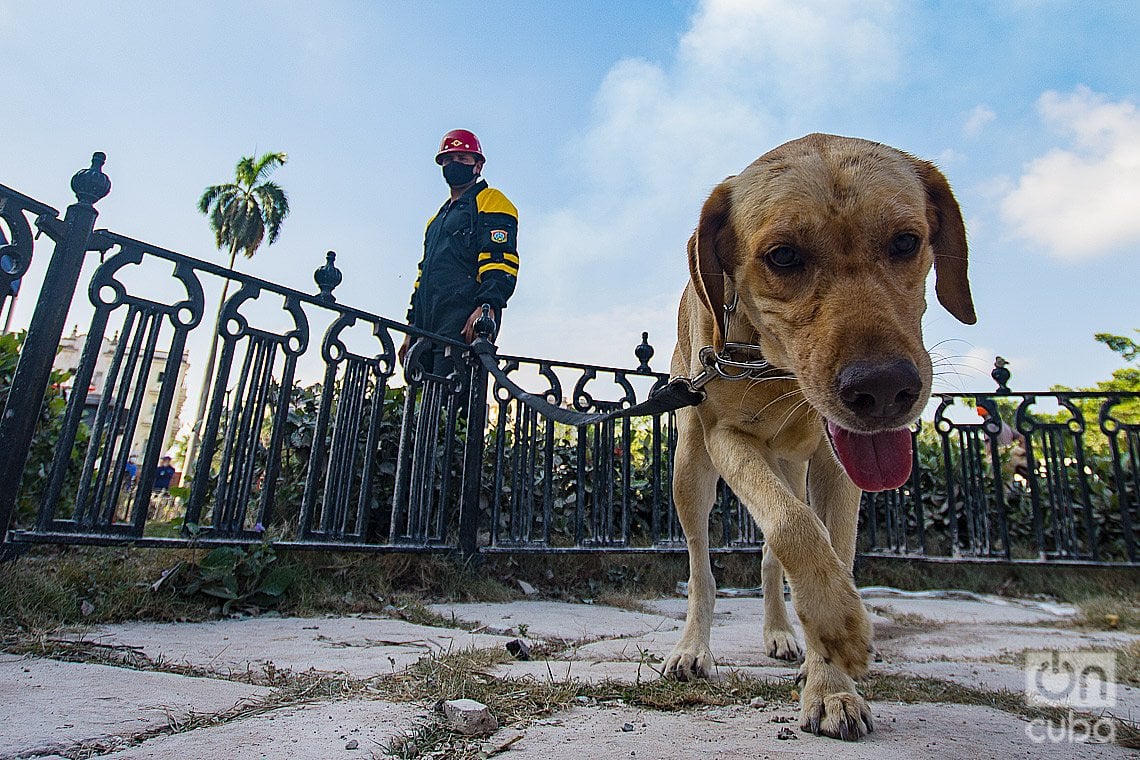
So far, no one allegedly responsible for the explosion has been reported. The people directly involved in the operation to supply the truck to the hotel died in the explosion.
Nor has it been revealed whether there was negligence or a security failure that would allow the identification of those responsible for the event. In addition, it is unknown if there have been changes in security protocols for the prevention of similar disasters. Meanwhile, work continues in and around the Saratoga.
Only from the building closest to the hotel, 609 Prado, there were 27 families affected. Some of them lived in the apartments and others had invested in them for rent. Some residents were transferred to Villa Panamericana, where they are currently waiting for the reconstruction of the building. As they were informed, it would be finished by 2025.
Some people report problems in the water supply; in addition to those that derived from an abrupt move and the loss of practically all their material assets.
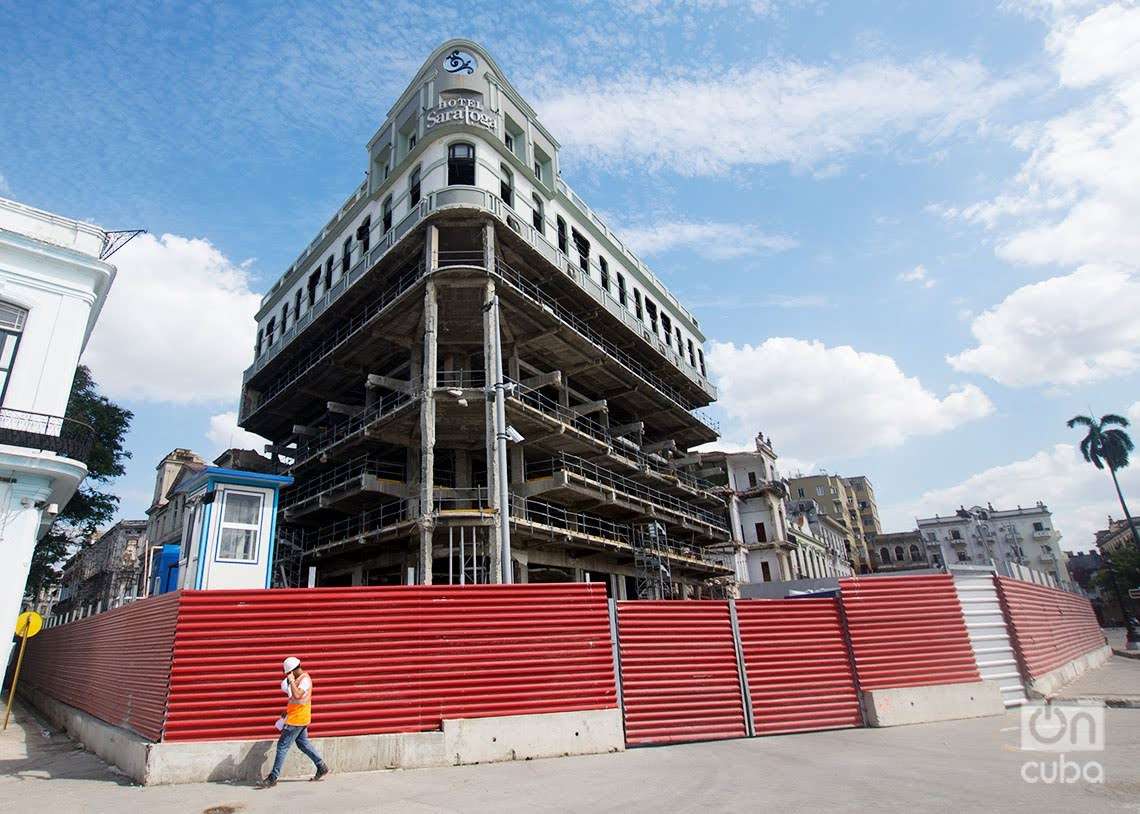
Neighbors consulted assure that the treatment they receive from the municipal, provincial government, and housing authorities is as if it had been a fatality. They do not receive any update on the course of the investigation and go as far as to affirm that they do not know if it is still open. As no liability has been determined so far (something that only a court could do), there is no mention of anything resembling compensation or indemnity; nor psychological assistance. They have received some modules and household appliances.
Fire at the Matanzas Supertanker Base
Just three months after the explosion at the Saratoga Hotel, another disaster kept Cuba on edge. Since the night of August 5, 2022, and for an endless and painful week, a large-scale fire consumed part of the Supertanker Base located in the industrial zone of Matanzas, with a final balance of 17 deaths and more than a hundred wounded.
The incident, according to the official version, originated from an electrical discharge on one of the large deposits in the area, with the capacity to store 50,000 cubic meters of crude oil. Despite the efforts of the firefighters, the tank on fire exploded and the flames gradually spread to three other tanks in the battery.
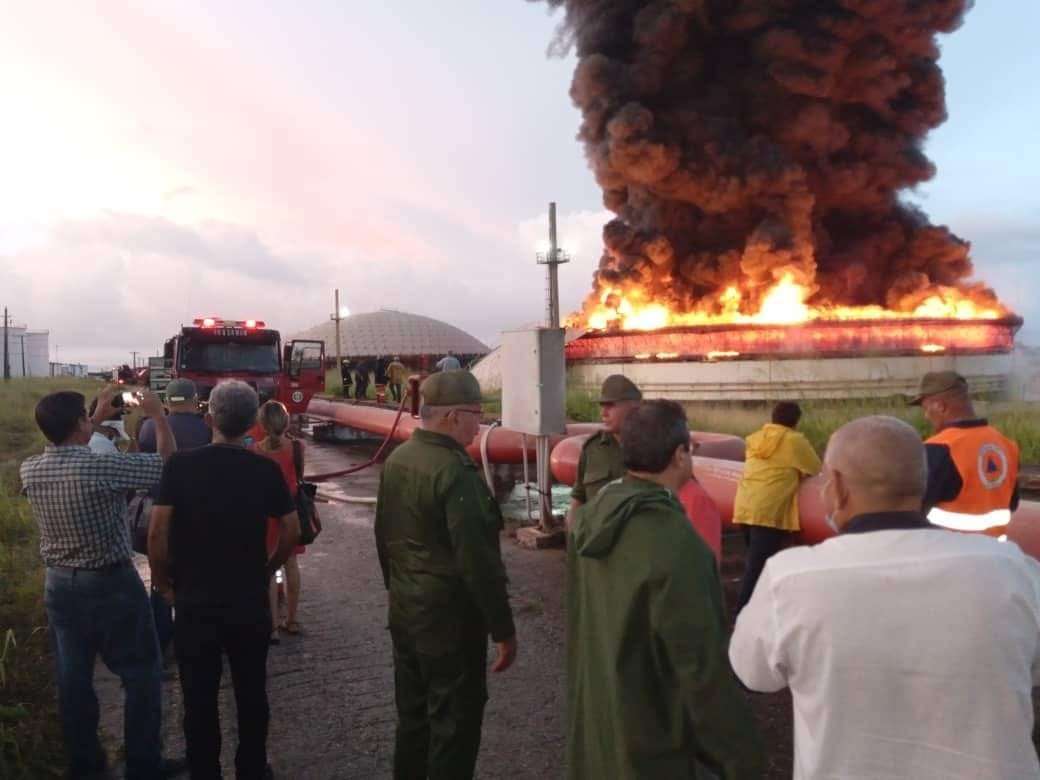
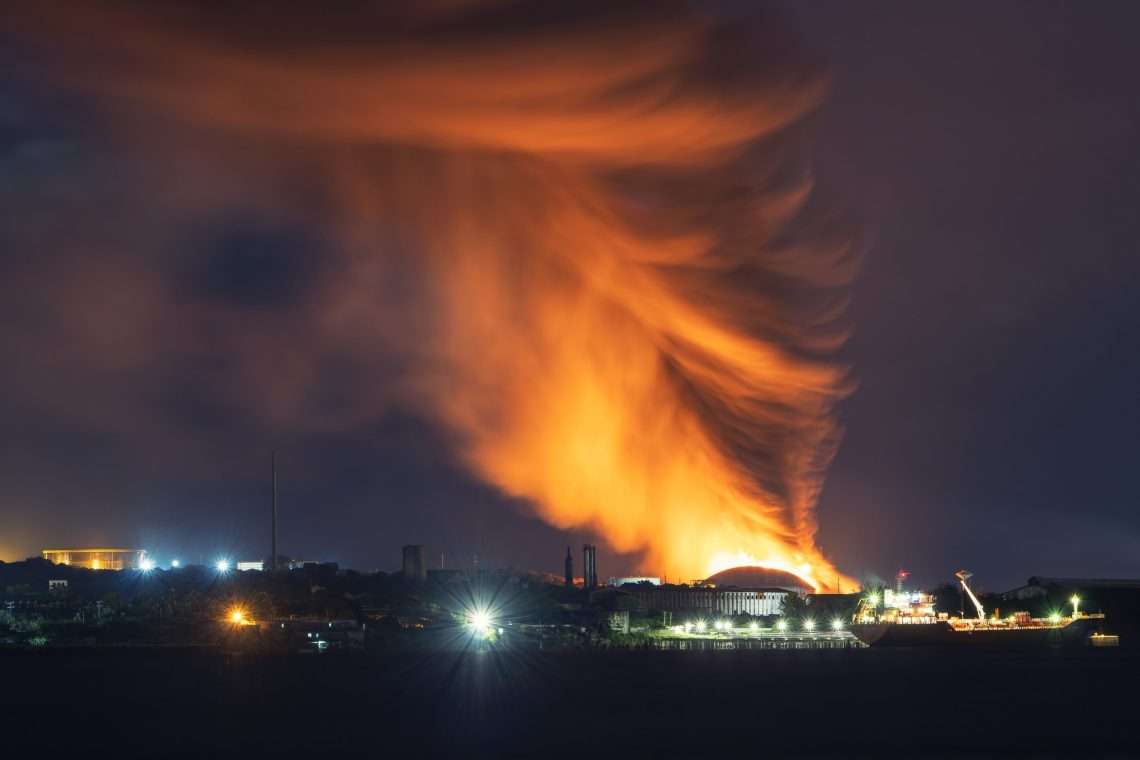
The fire, out of control, consumed a large part of the facility and its surroundings, including a group of houses in the area. The residents had to be evacuated before the advance of the fire, which caused strong explosions, with flames tens of meters high, while a dense column of smoke blackened the sky and was visible from kilometers away.
At the Supertanker Base, not only were the four damaged tanks lost, but also the crude they stored — with an impact of some 145,000 cubic meters, according to authorities’ estimates —, as well as workshops and other facilities.
The tragedy claimed the lives of 17 people; most of them were firefighters fighting the flames in the critical area. In addition, there were more than a hundred injured who required care in hospitals in Matanzas and Havana. Several of the victims were young people who were doing their Military Service and lacked the expertise required by a fire like this, which sparked controversy and criticism of the island’s government.
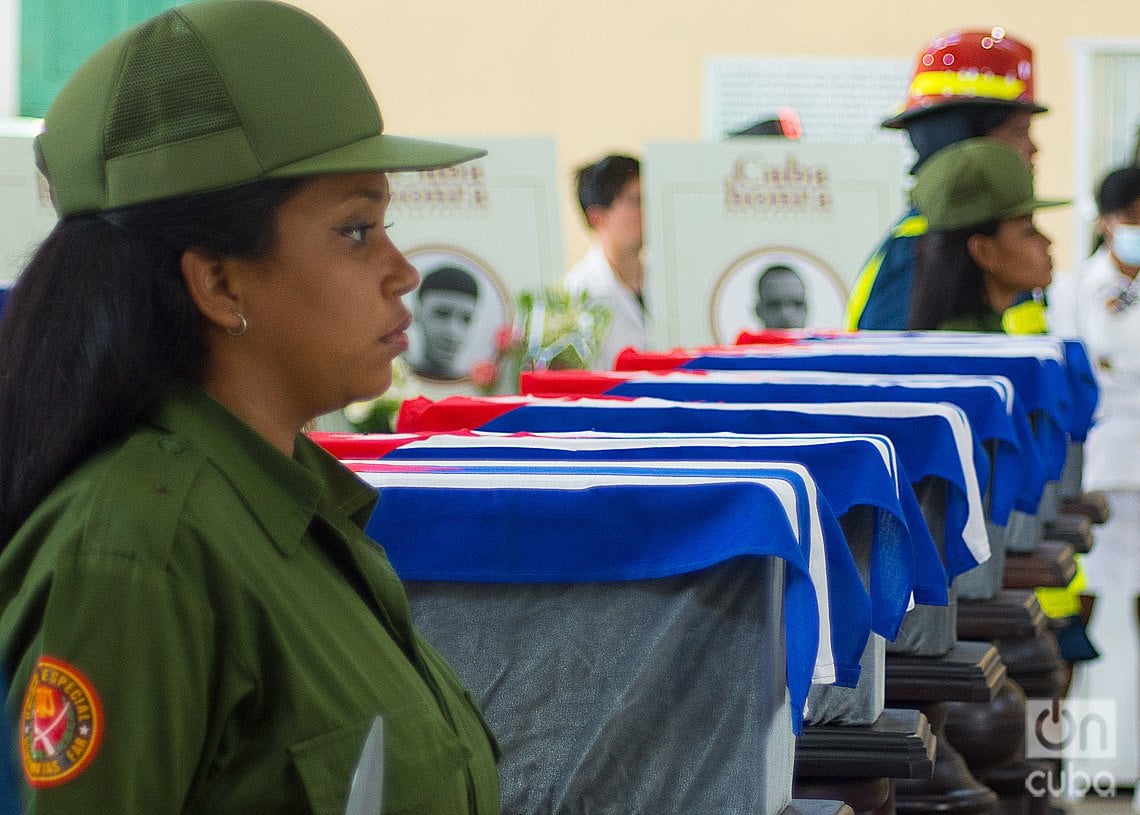
After days of enormous tension and uncertainty, the fire was put out thanks to the work of firefighters from all over the island, and the advice and technical support of Mexico and Venezuela, which responded to the request for international help. In addition, Cuba received donations from various countries and maintained exchanges with the United States.
Despite the report of black rains and fears of an ecological disaster, the Ministry of Science, Technology and Environment (CITMA) assured that there were no “signs of contamination” in the Bay of Matanzas, the dams and groundwater in the area after the extinction of the flames, nor “evidence” of acid rain.
Of the deceased, 14 remained missing for days while the flames were being extinguished. Ultimately, forensic experts were only able to recover scant bone fragments. It was not possible to identify them. After the official declaration of mourning and heartfelt funeral ceremonies, their remains were placed in a pantheon in Matanzas.
Regarding the conditions of the lightning rod, an expert interviewed by Cubadebate assured that the “lightning protection installation, designed in accordance with current regulations and with adequate maintenance,” could “operate without failures for the tolerable risk level that is considered and the useful life time for which it was designed.” But, aside from that, for this, “a very well designed predictive, preventive and corrective maintenance regime is required, as well as having the necessary material and financial resources, which, with the current economic situation in the country, is practically impossible.”
The construction of a memorial dedicated to the victims was recently reported. The work, whose start date has not been announced, is the result of a collective proposal by artists and architects from Matanzas.
At the same time, work has been carried out for months on the recovery of the base, both in its warehouses and infrastructures and in its security devices, including a new lightning rod system. However, experts consider that the site will take years to recover its storage capacity and previous operation.
A few days ago, one year after the tragedy, a tribute was paid to the victims in Matanzas, with the presence of relatives, friends, colleagues, authorities and the general population. However, the course and results of the official investigation into what happened at the base are still publicly unknown.
A recent dispatch from the EFE news agency indicates that relatives of some of the victims affirm that “until now they have not been informed about the progress of the investigations.” Nor have other measures been publicly disclosed nor the identification of those allegedly responsible for what is considered the largest industrial disaster in the history of the island.
The new legislative framework
“In the face of a certain situation that is negatively impacting the population, the responsible public servants are obliged to report immediately from all possible spaces,” Díaz-Canel said before Parliament on May 25, minutes after the approval of the first Law of Social Communication in Cuba.
Díaz-Canel’s words were, perhaps, a call for public servants to account for their work. In the president’s opinion, the Law allows “overcoming gaps” and “overcoming institutional inertia,” having been “conceived” as “one of the pillars of government work.”
One of its whereases establishes: “Social communication enables people to request and receive truthful, objective and timely information from the State, and access information generated in State bodies and entities, a right endorsed in Article 53 of the Constitution, which also establishes in its Article 101, paragraph h), that the organs of the State, its directors and officials act with due transparency.”
In chapter 2, article 7, subparagraph k, the regulation establishes “to promote communication practices that enable transparency in information, accountability of public servants and other forms of democratic participation with emphasis on popular control mechanisms, in accordance with current legislation.”
Likewise, the regulation obliges State bodies, agencies and entities, mass and social organizations and the fundamental means of social communication “to manage crisis communication truthfully, objectively and opportunely.”
However, with regard to crisis communication, it makes it clear that “in exceptional and disaster situations, [communication] is carried out in accordance with the established special legislation,” which leaves a margin of discretion open.
Mourning and learning
The list of unanswered questions is long, and it gains weight as time goes by. These are not exceptions to the rule, but a standardized practice by the administration that ignores the right to transparently access information that concerns the public interest.
On the other hand, mourning in the face of such traumatic episodes, at the individual and social level, depends to a large extent on proper handling of information, on the citizenry’s certainty that there is an entity that will attend to its obligations to identify the causes of the events; correct failures and answer for them; compensate victims and others affected through the exercise of justice; treat with dignity and reverence the memory of the deceased; and guarantee that, controlling critical factors and based on the experience learned, similar events are not repeated in the future.
We cannot learn from our mistakes or prevent them from being repeated if those in charge, public servants, are unaware of their mandate and do not practice transparency, do not assume responsibilities, or render accounts.






